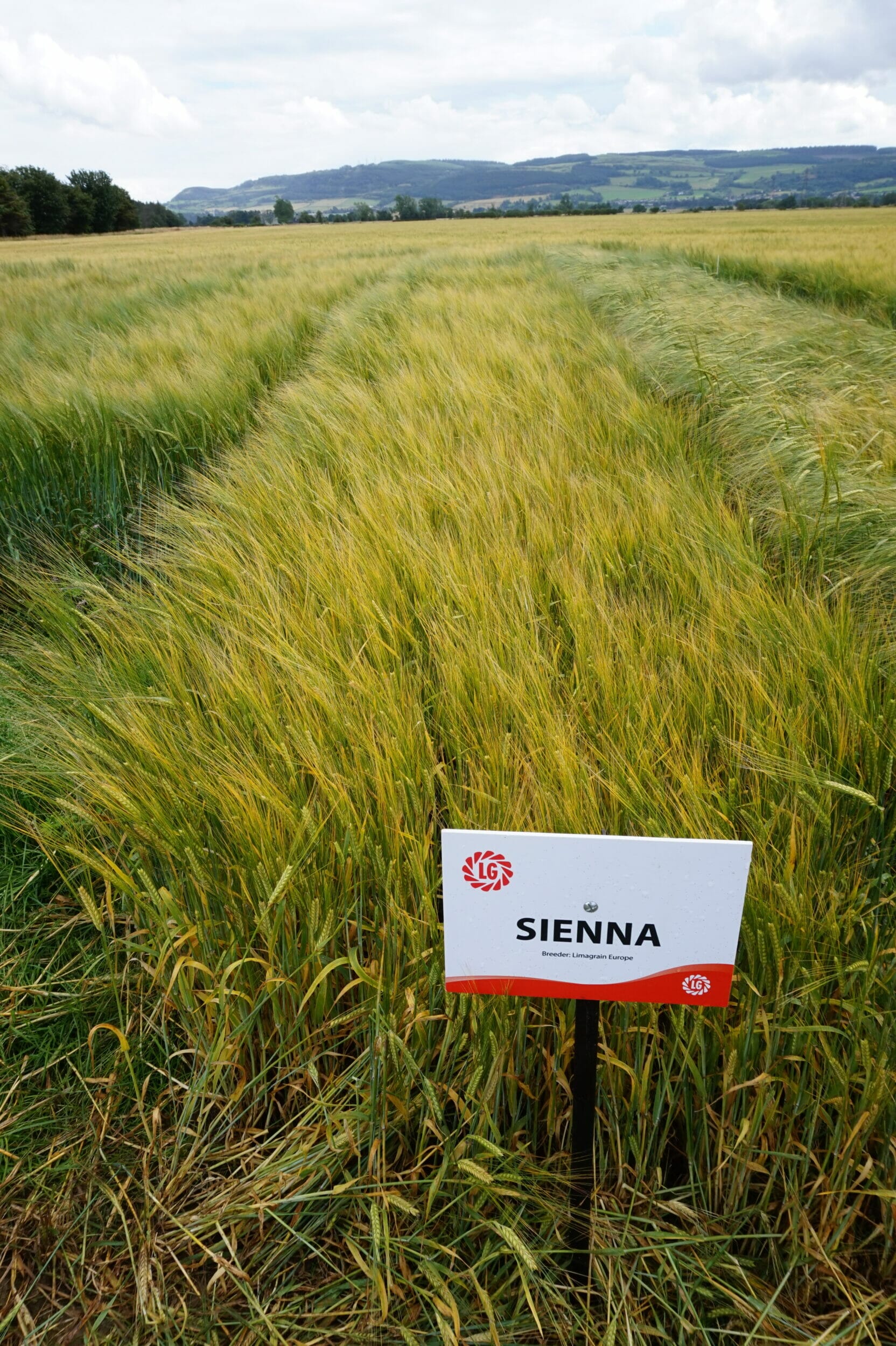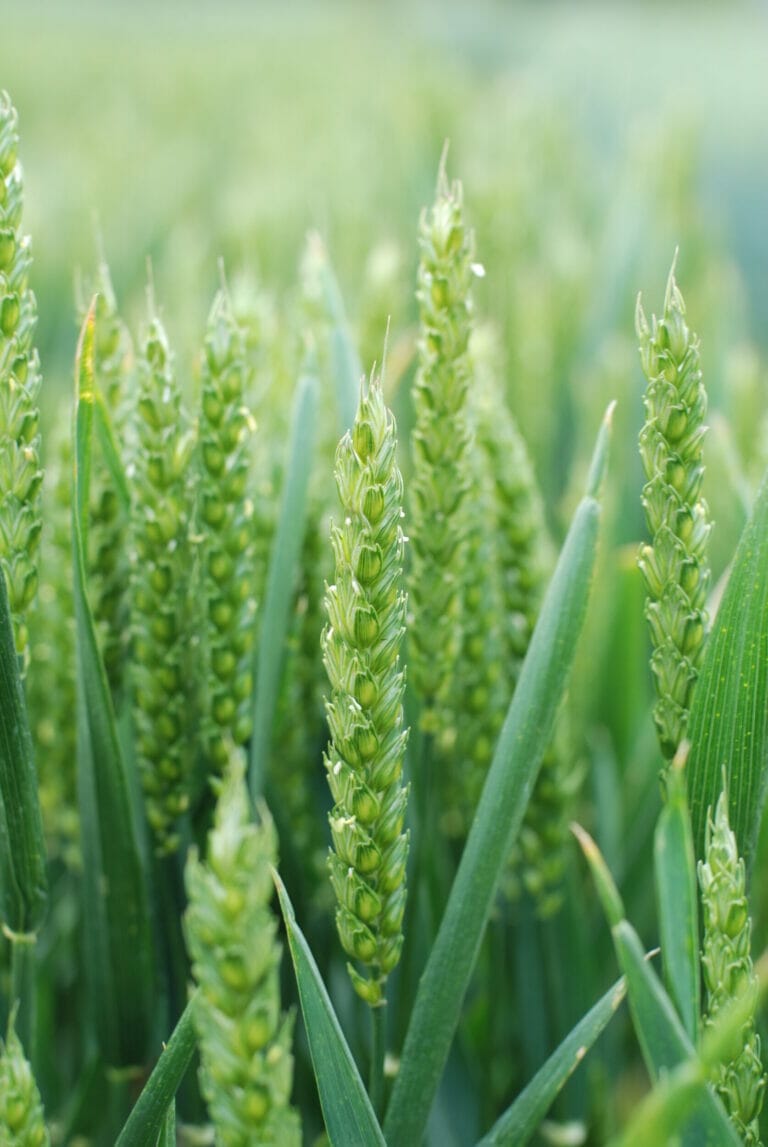“With Sienna there are no trade-offs or compromises. It has excellent grain quality, a good yield and a decent straw.”
Growers were recording good specific weights as high as 67kg/hectare, in last year’s challenging north-west England harvest.
Sienna yielded very well for both grain and straw, and its only weakness being that if harvest opportunities were missed due to unforeseen circumstances, such as contractors being committed elsewhere, then the variety did take a battering from the inclement weather we experienced last autumn, he said.
As well as being approved for malt distilling, it is also very popular for home feeding of livestock, in Cumbria and south west Scotland.
Soils in these arable areas are mainly light sandy loam, and their free draining characteristics are helpful to growers getting their spring barley crops drilled in late March or early April. They are then ready for harvest by late August or early September.
As with most crops, getting the seedbed right is key, with fine tilth and a good fertiliser diammonium phosphate (DaP) as well as nitrogen (N).
A target of 110kg/ha of total N is aimed at, taking into account in-depth soil sample results, field history and any organic manures applied prior to establishing the crop, says Mr Gate.
Of this, at least 1/3 of the requirement needs to be placed in the seedbed as near the seed as possible, and the remaining applied when the tramlines are visible.
Locally-held trials in 2019 showed 15-20% more tillers in crops that had received DaP, he reveals.
“This is a significant difference, and at our Open Day in July, this difference was still visible.”
He wanted to take the trial plots through to harvest to record yield, but unfortunately last year it was not possible.
“Getting the nutrient strategy right helps the crop to get away quickly too, so it has time to develop.”
“There is a lot of livestock in our area, and soil fertility and structure is kept to a good standard, thanks to applications of farmyard manure (FYM)” he notes.
He recommends aiming for 300 surviving plants/m2 for crops drilled early to mid-March, rising to 325-350 for later sown crops. Seed rates of 160-180kg/ha are recommended, depending on thousand grain weight (T.G.W).
The variety’s disease resistance is also very good, he notes.
“A split prothioconazole-based fungicide with the addition of chlorothalonil (CTL) at T2 has kept the crop clean in the past. However, with the absence of CTL going forward, we may see Ramularia pressure increase.”
Moving on to talk about tips for getting the best out of the variety, he reminds growers to include a PGR programme to keep it standing.
“It can get a little bit tall, so you need to keep the height manageable, but the straw length remains good afterwards.”
“Overall, Sienna is a really good variety to work with; it is clean and it goes through the combine well.”
John Maxwell of J G Maxwell & Son c2 seed producers in Dumfriesshire says:
“Sienna performs very well for us and our customers, producing a good bold grain along with good amounts of straw which suits the requirements of mixed farmers in south west Scotland.”
Richard and Geoff Graham of Egremont put all their 50ha of spring barley to Sienna and have done for a number of years.

































